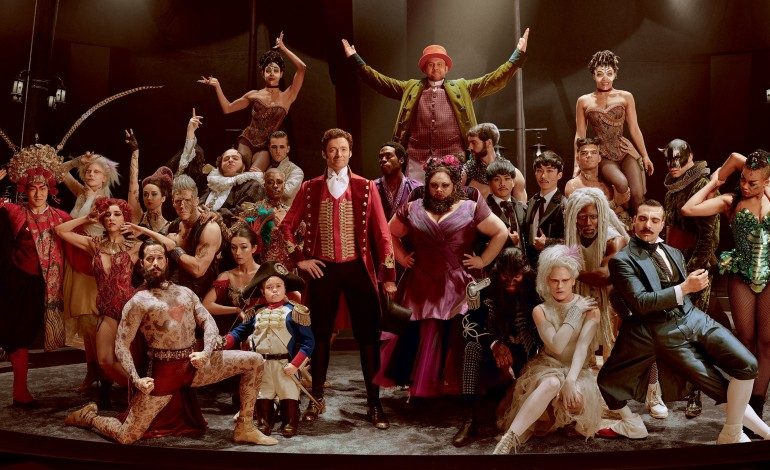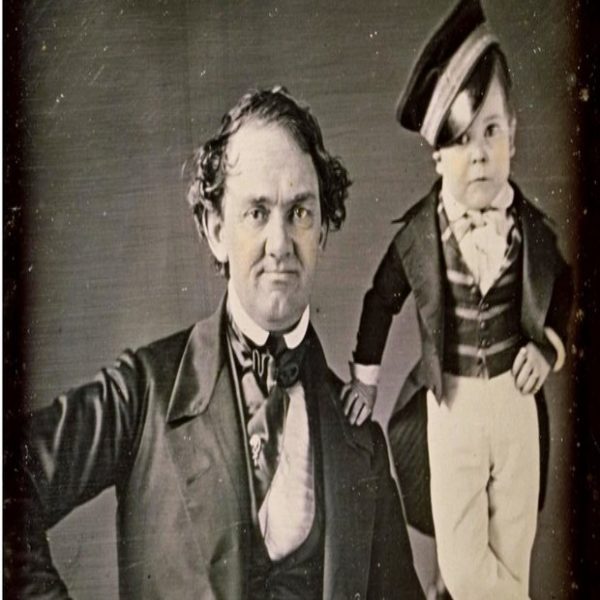

Most box office trends tend to be predictable nowadays. Just look at the top ten highest grossing films in a given year and you’ll see superhero films rein supreme alongside remakes, sequels, and more superhero films. Studios know what sells and they stick to it. Other genres have seen a similar ebb and flow. The superhero epics of today often get compared to the westerns of old that eventually oversaturated the market, causing them to fall out of the public eye. The movie musical was in a similar position throughout the 1950s and 60s. After several big hits every studio was trying their hand at making a musical until audiences just began to lose interest and the films would perform worse and worse until most just gave up.
Outside of the Disney animated features, the following decades would see the rare musical hit every now and then but in recent years the genre has been making something of a comeback. Several big name Broadway shows have gotten adaptations within the last decade such as Les Miserables and Into the Woods and Disney has been remaking their own animated musicals in live action, but none of these are new material. However, in 2017 20th Century Fox would surprise audiences with The Greatest Showman, an original musical about circus owner P.T. Barnum. Simply being an original piece of work, even if loosely based on a real person, is noteworthy in today’s box office climate. What’s even more shocking is that it had this incredible box office run despite being saddled with incredibly mediocre reviews and focusing on a truly despicable and infamous historical figure.
Despite not being based on established stage musical, The Greatest Showman certainly had a lot of established clout going for it. The star studded cast alone likely drew in crowds, featuring the likes of Hugh Jackman, Zac Efron, and Zendaya, all of whom come from some sort of singing/musical background. Of course, big names can’t save a musical alone, just look at last year’s Cats which admittedly had much larger problems not to do with its cast, but that’s beside the point. The Greatest Showman also featured the songwriting duo of Benj Pasek and Justin Paul fresh off their huge hit La La Land. Broadway audiences likely know them for their work on Dogfight and Dear Evan Hansen which won the Tony Award for Best Musical the same year that Showman released. The film was in a uniquely advantageous position to benefit from La La Land’s Oscars hype and Dear Evan Hansen’s Tony hype. This, combined with the big name cast at least guaranteed a strong opening. However, what was truly notable was not the film’s opening weekend, but its ridiculously strong staying power in movie theaters.


Look at film like say, Godzilla (2014), in its opening weekend alone it grossed 93 million dollars. Not only was success like this unheard of for a modern monster movie, it was more than the entire budget of The Greatest Showman. When looking at Godzilla from week to week following its opening, it saw massive drops in box office intake. The film still finished at a respectable $529 million but from week 1 to 2 it already saw a 66% drop in revenue. Now look at The Greatest Showman. Despite opening on a Wednesday, the film only made $13 million domestically by that Sunday. However, unlike Godzilla, this film has incredibly strong “legs”, meaning it didn’t lose much revenue from week to week. Many films released in December have strong legs on account of the holidays and people having more free time and is part of the reason Avatar managed to be the highest grossing film of all time for so long. So despite being overshadowed by huge blockbusters like The Last Jedi and Jumanji, it managed to keep chugging along, eventually grossing $435 million on a budget of $84 million.
So what was drawing audiences to this film? One would certainly hope that it wasn’t the focal character himself P.T. Barnum. Strangely enough this isn’t the first time Barnum’s story has been adapted in musical form. In 1980 the musical Barnum would premiere on Broadway with lyrics by Michael Stewart and music by Cy Coleman of Hello! Dolly and Sweet Charity fame respectively. The musical, despite being much more accurate than The Greatest Showman, doesn’t offer much of a real critical dive into Barnum’s character and it’s understandable why because no one would want to watch a musical with a true to life P.T. Barnum as the protagonist. Barnum’s legacy is one of abuse and bigotry.
Perhaps — most infamously — was Barnum’s treatment of Joice Heth, an elderly enslaved woman who he showed off to the public and ludicrously touted as George Washington’s former nurse. Despite slavery being illegal where he was, Barnum essentially “leased” her $1000 and worked her to death, putting her on display for people go gawk at despite her already being blind and paralyzed as well. When she died Barnum performed an autopsy on her body that people could pay to attend and observe. Barnum’s heinous treatment of Heth was an example of the type of racist dehumanization going on throughout America towards Black people but put on a public stage for the purpose of entertainment.


Barnum constantly showcased what he thought to be “exotic” and “freakish” in his exhibits and shows, and this often meant living people. Of course for Barnum, freakish meant anything that didn’t match up with white, hegemonic American values. An African-American former cook was put on display whom Barnum would claim was a half man half ape creature. Countless other people were made into sideshow attractions with fabricated stories to shock and entice white audiences. Barnum maintained and perpetuated a racist ecosystem that sought to dehumanize and exoticize different races and ethnicities and of course, The Greatest Showman makes no mention of this history. The film does feature a circus of people with physical deformities labeled as “freaks” but it chooses to paint Barnum as a kindly figure who was part of this circus family, one of the most blatant examples of whitewashing history in film.
The Barnum of Showman is altered beyond the point of recognition. Aside from the name, some loose life details, and a sanitized version of his profession, he may as well be a different person. Maybe Barnum’s history isn’t widely spread common knowledge, allowing the film to take a vaguely familiar name and put on a spectacle for audiences that didn’t make them think too hard of the implications of the work of a man like P.T. Barnum. Even if the story was tweaked and all the names were changed to have no relation to the real life Barnum, the critic reviews likely would still have had the same complaint of the film offering little more than fluff and a flashy tale with no substance. Fitting, considering Barnum’s whole foundation was spinning lies to his audience to play up spectacle with the exploited people having no voice to tell the truth of what was really happening.
Is it too cynical to say that audiences would prefer to watch a piece of fluff that glosses over real historic issues and provides simple entertainment over media that truly takes a critical eye to history? Maybe. The film received a number of Golden Globe, Oscar, and Grammy nominations so clearly there was someone who really liked it, certainly from a music perspective. The film defied expectations at the box office and there’s a planned sequel currently in development, so it doesn’t seem like it’ll be going away any time soon. A lot of pre-release hype over the creative team and a beneficial release date certainly helped it overcome factors that would have been a death knell for other films.


Will the potential sequel actually address Barnum’s atrocities? Unlikely, and it remains unknown if a sequel will do well or if this was a lightning in the bottle box office moment. Will audiences be more aware of just what kind of person Barnum was and thus push back against this kind of historical whitewashing? One would certainly hope so. While this film remains a standout among a sea of remakes and sequels, it’s important to take a critical eye to works like this and ask, even if it’s popular and unique, is the message that it’s putting out truly worthwhile. It’s unknown how audiences will look back on this film five years after the fact, or ten years, or even more. If movie trends continue as they are though, it’ll become even clearer that a studio can get away with an inaccurate, whitewashing film with the right amount of flash and spectacle, and still make money.
